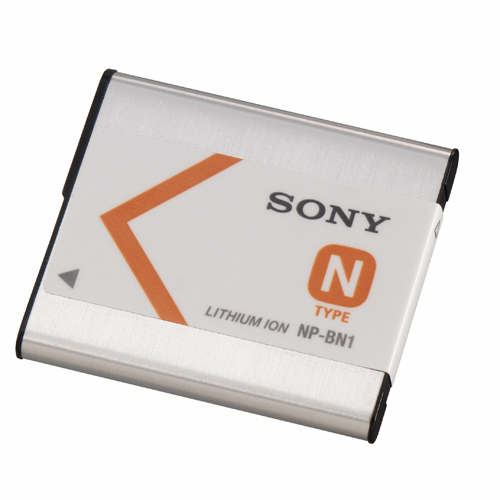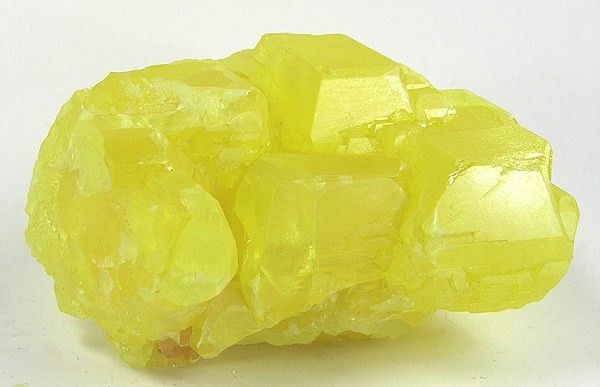Today’s mobile devices all require a battery, and increasingly are showing the need for more and more power as they increase in complexity. Power is very much a problem of chemistry – difficult compounds and rare elements are all employed in rechargeable cells, so the field is very much a scientific one.
The current battery type is now showing its age, as smartphones become more complex – with developments in batteries being few and far between. Thus far, products have used the older lithium-ion battery designed in the late 1990’s to store power and have been increasingly optimized to use as little energy as possible to continue using these older cells.
SEE ALSO: The PINE A64 – 64bit SBC
Obviously, apps and services are draining batteries faster and faster, so in a bid to increase the running time of their products Sony has decided to have a go at restructuring and adding a few more chemicals into the design, including sulfur, for a new type of battery, according to new reports from Japanese paper Nikkei.
Sulfur is a notoriously foul smelling chemical element which we all know is inextricably linked with volcanic activity. However, when used inside a modern portable rechargable battery as a substitute for the highly expensive and rare lithium, sulfur can actually increase the power. However, the exact nature of the reactions inside the battery means the battery itself will melt a bit after every charge.
SEE ALSO: Will Xbox Live and PSN Be Down On Christmas?
Sulfur is also a very harmful greenhouse gas if it does manage to turn into a gaseous form, similarly to carbon gases such as carbon dioxide and carbon monoxide. Also as a pollutant sulfur gases and the chemical itself are quite harmful to human health. Presumably new batteries will have to be disposed of much more carefully.
This obviously means Sony will have a lot of tweaking to do, but the company reportedly says that with a bit more work these batteries can be created in a more commonly available form, and they’ll be smaller. It’s just they won’t be around until 2020, a year which is increasingly going to be one that marks significant tech changes when it finally arrives.
Lithium batteries are certainly not as capable as they once were – the element is rare, hard to extract, and interestingly a whopping 50-70% of the entire world’s supply is found underneath a single salt flat in Bolivia. The Salar de Uyuni measures a massive 4086 square miles and can be seen from space, and the lithium resides under a thick crust of salt in a mineral rich brine. The huge area of whiteness is also used to calibrate satellites from space.
So, not only will Sony’s sulfur battery mean a cheaper alternative to lithium, but it will also mean the potential preservation of one of the natural wonders of the world. The battery problem we face today is multifaceted as the solution is elusive – science, the environment and consumer tech all come into play.
Sources:
Nikkei – Via Techspot
Beyond Toxics – Chemical Relationships between Greenhouse Gases
Wikipedia – Salar de Uyuni


